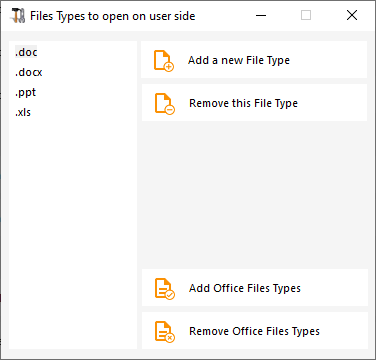

That’s where the Net Files command comes in handy. Even though Microsoft Word tells you that Bob has the file open, it’s not much help if he’s gone for the day. For example, if a user opens a file and leaves for an extended period of time, no one else can access the file. In others, users may receive weird error messages or experience application failures.Įven though file locks in and of themselves are good, they can cause problems if users are careless.

In the best cases, they’ll just tell you the file is locked and you can’t access it. Other applications, especially custom-written ones, won’t do this. They will also allow you to open a temporary version of the document and warn you that your changes won’t be reflected in the original document. Some applications, such as Word and Excel, will tell you the file is in use and by whom.

Without a file lock, two users could open the same file, make changes and then save the file, which could result in data loss or corruption. This lock prevents multiple users from accessing the file at the same time. Unless the application is a database program working with a multiuser database, when an application accesses a data file on the network, it places a lock on the file. How do you resolve the situation? You can identify who has a file open and then close it using the Net Files command. And, when they can’t access the file or don’t know who may be using it, they always call the network administrator. Out of the many data files on your server, it seems like multiple users always try to access the same file. What do you do when a user leaves for the day but has a file locked that another user needs? Use the Net Files command to solve the problem. Find open files and close them with the Net Files command


 0 kommentar(er)
0 kommentar(er)
